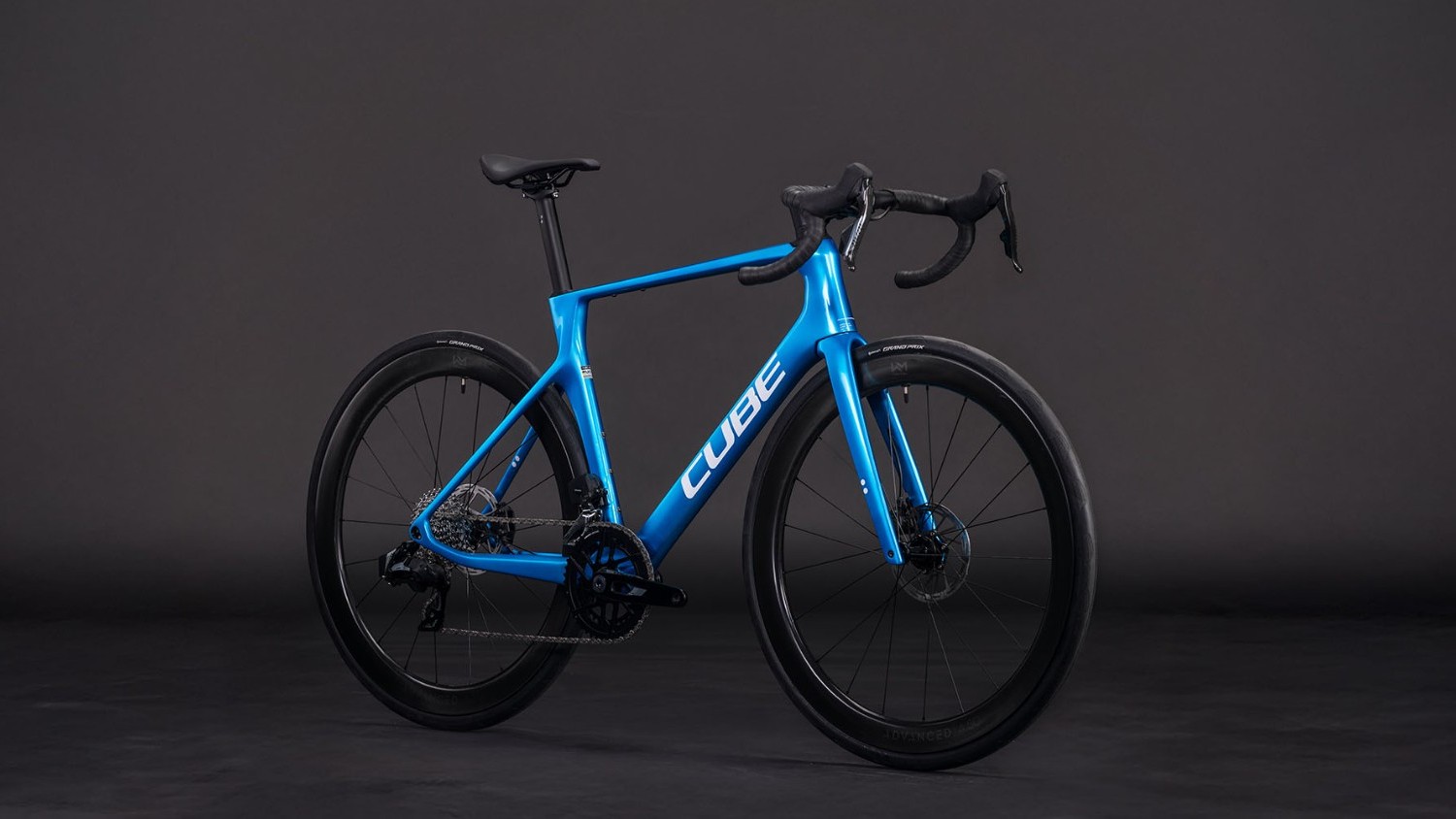Best lightweight electric bikes: Power your rides with a low-weight e-bike boost
Our pick of the best lightweight electric bikes for road, gravel and commuting
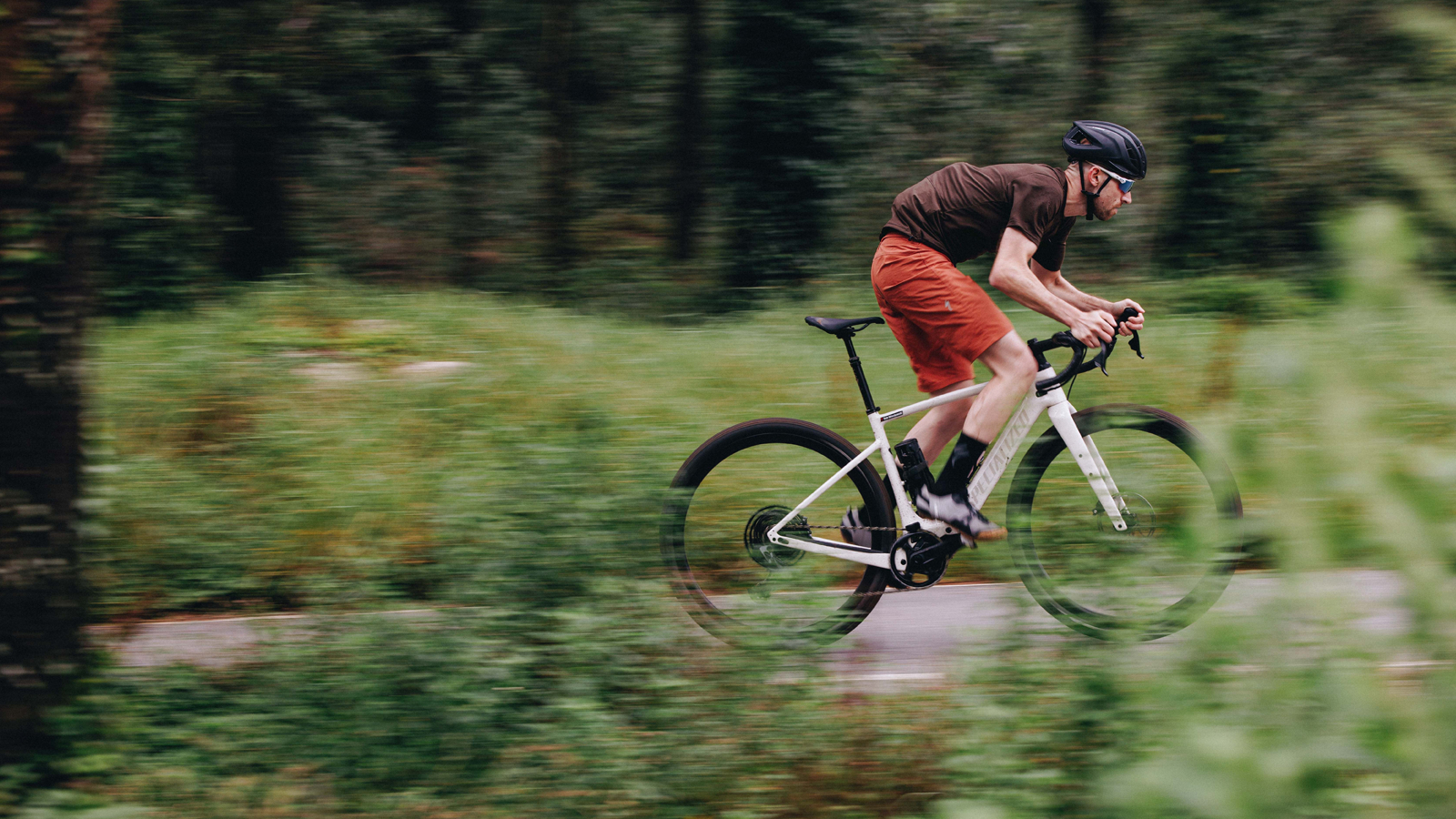
The best lightweight electric bikes will give you a ride that's not too dissimilar to a non-assisted bike but with an added electrical power boost.
Many of the best electric bike categories feature lightweight e-bike options. Although the best folding electric bikes and hybrid electric bikes for commuting often don't prioritise low weight, there are options available that are easier to carry and give you a more sporty ride.
Turn to the best electric road bikes and the best lightweight electric bikes can approach the weight of many of the best road bikes, so they will often look and ride similarly. That's usually achieved by using carbon fibre for the bike frame and fitting compact, lightweight motor and battery systems. As you'll read in our buyer's guide at the bottom of this page, this has advantages and disadvantages.
Chief among the minuses is higher prices from the more expensive materials and components used, alongside the more limited assistance offered, both in terms of power and sometimes range.
But in return, you'll get an e-bike that feels more sprightly and climbs and accelerates better, and that's a lot easier to carry and move around.
We've covered options for lightweight electric hybrids, lightweight folding e-bikes and lightweight road e-bikes in the guide below. Lower down the page is our buyer's guide with some advice on how to choose.
Best lightweight electric bikes: Quick list
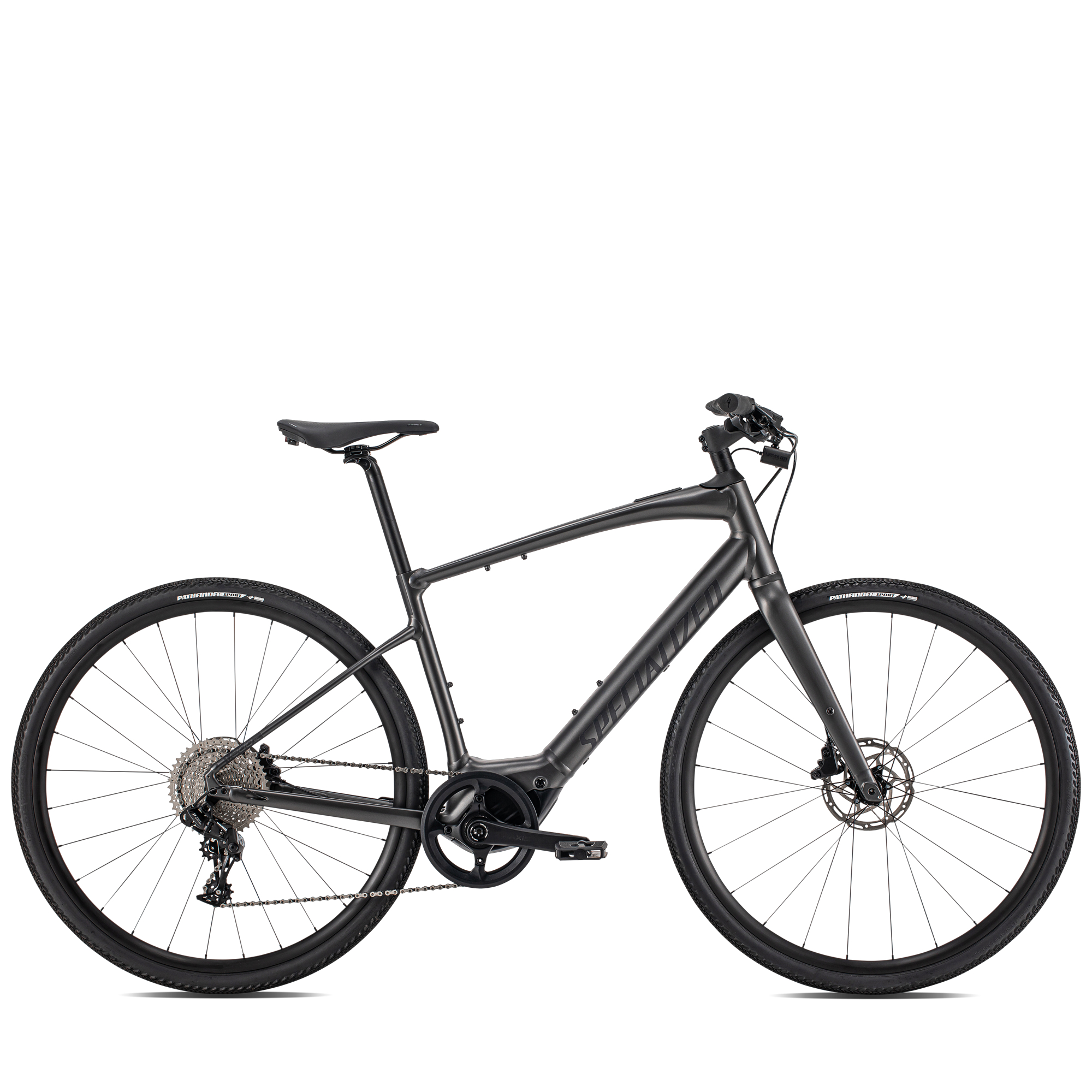
The SL in the name indicates Specialized's lightweight motor, which is paired with a large battery.
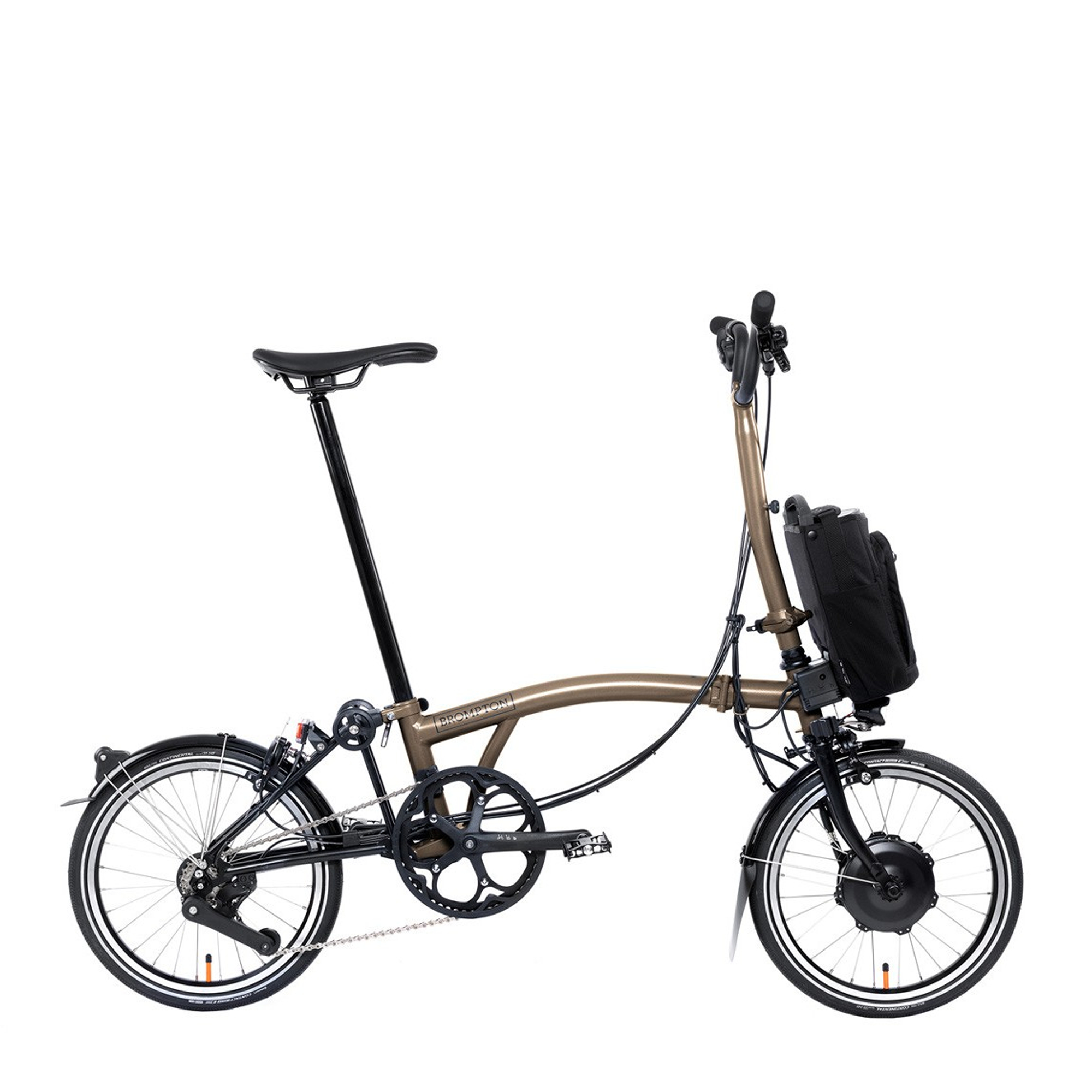
The Brompton Electric isn't super light, but comes in this lighter P Line as well as the C Line spec.

Ribble's CGR E is available with flat bars in both alloy and carbon versions and with flat bars or drop bars.

Van Rysel claims a sub-14kg weight for its alloy electric road bike and a range from 60km to 120km.
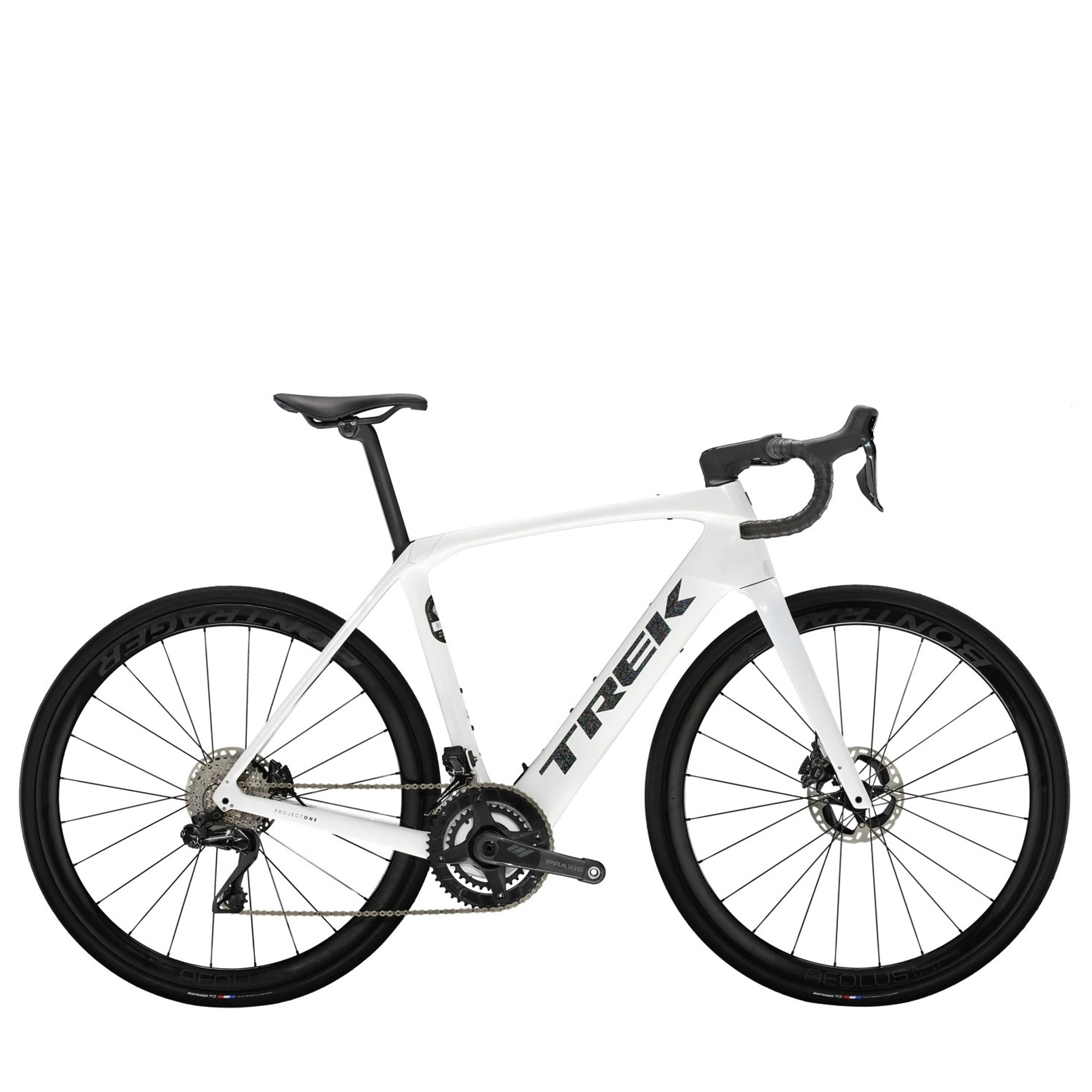
In the US, the Trek Domane+ SLR is limited at 28mph, making for speedy rides.

The Specialized Future Shock headset provides front end damping for a smoother ride.
Last updated August 2025
We checked this guide in August 2025 , adding lower priced commuter and road options and reordering the products. We also ensured that models and specifications are up to date.
Best lightweight electric bikes
You can trust Cyclingnews
Best hybrid for commuting
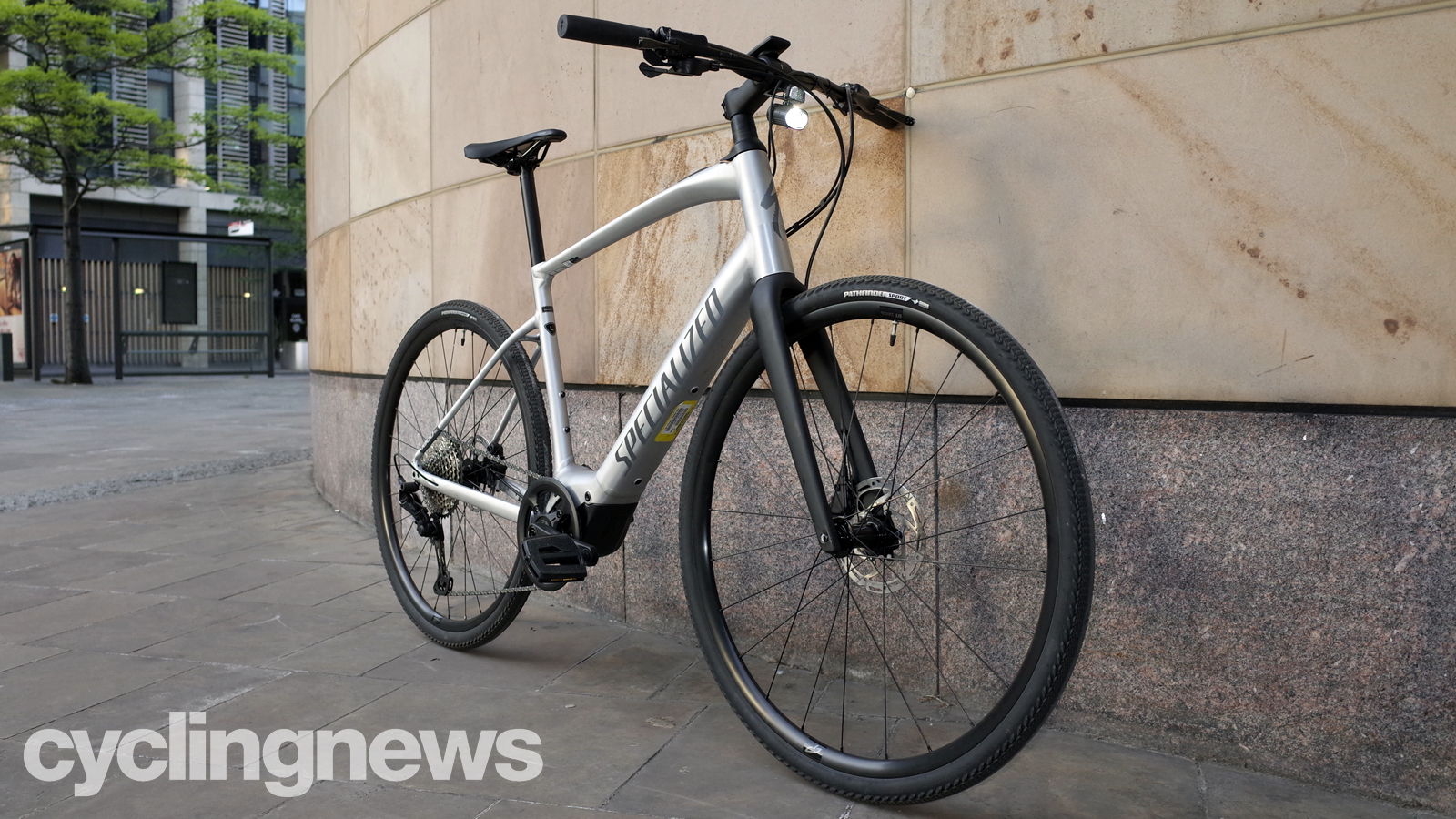
Specifications
Reasons to buy
Reasons to avoid
✅ You want long range: The battery capacity is high for a lightweight e-bike and you can add a range extender too.
✅ You want a nippy ride: The low weight and agile handling are rewarding in town.
❌ You want higher speed: The standard Turbo Vado may be a better choice, although it's a lot heavier.
❌ You want a simpler design: The Future Shock headset may be over-complicated for city riding.
Specialized's range of e-bikes falls into either its 4x You or its 2x You categories, with the Turbo Vado SL in the latter. That's because Specialized uses its lighter-weight, less powerful SL 1.1 motor in the Turbo Vado SL. There's still a claimed 130km range though thanks to the relatively high battery capacity and you can add a range extender for an extra 64km between charges.
The 5.0 spec comes either without lights, mudguards and a rack or as an EQ version which adds these - and a little extra weight. Both bikes get Specialized's FutureShock 1.5 suspension headset with 20mm of travel to the handlebars.
We rode the first generation of the bike, but the second generation Turbo Vado SL 2 is available with both top tube and step-through frame options in either alloy or carbon, all coming with a rack and mudguards.
You can read our first ride impressions of the Specialized Turbo Vado SL 5.0 here.
Best folder for commuters
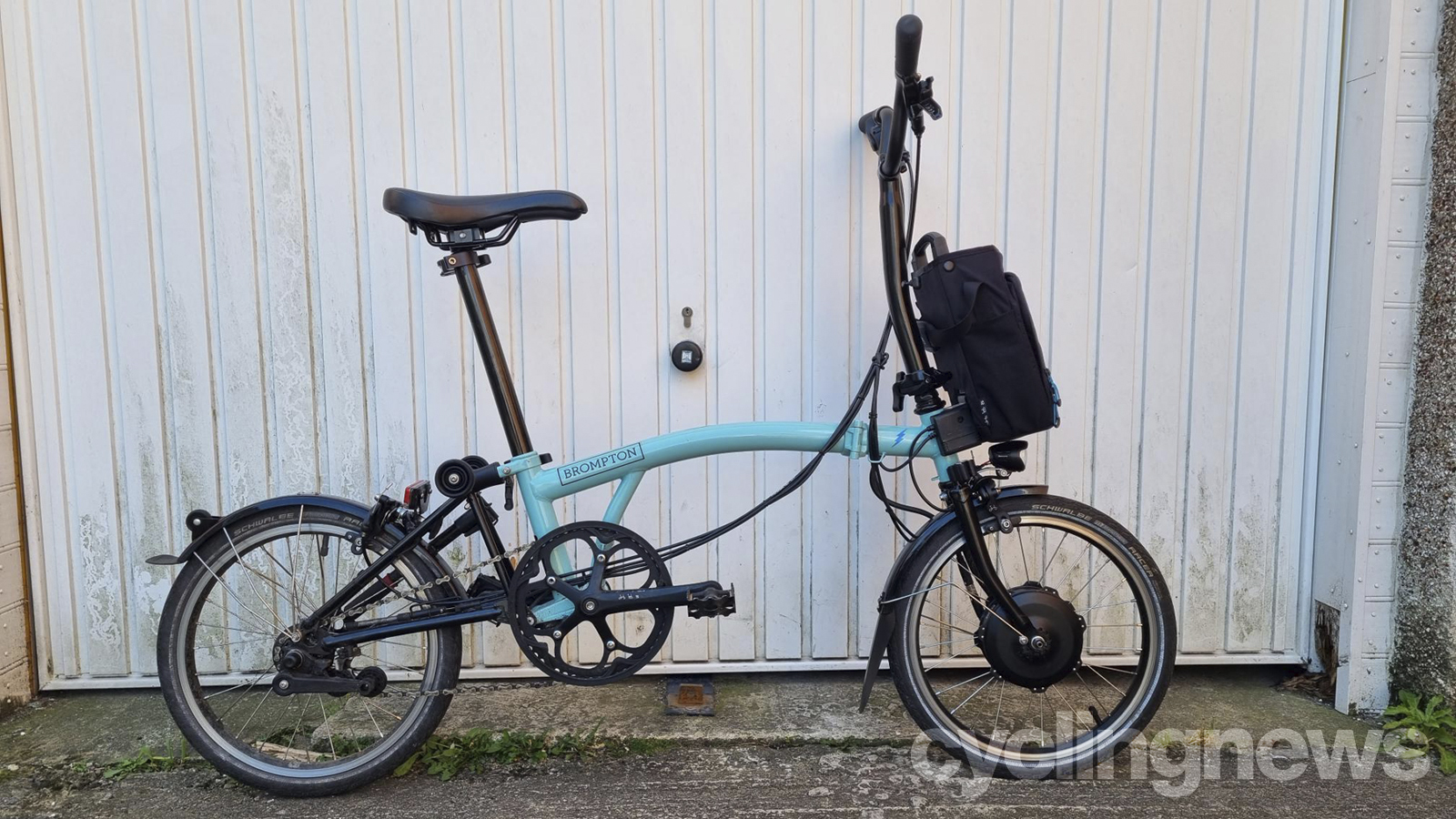
Specifications
Reasons to buy
Reasons to avoid
✅ You want a very compact folder: Brompton's folding mechanism results in a very small size.
✅ You want handy carrying: The separate backpack battery makes the Brompton easier to carry than a fully integrated design.
❌ You want lower weight: Even the P Line Brompton Electric is quite weighty.
❌ You want to save money: The Electric C Line is significantly cheaper and only a little heavier.
At over 15kg and with a steel main frame and titanium rear frame, the Brompton Electric P Line folder may not really fit the "lightweight" bill, but its iconic folding mechanism makes it a great option for the commuter. The battery pack unclips from the front of the bike, allowing you to carry it over your shoulder as a separate 2.3kg package and dropping the bike weight somewhat.
You can save a little cash by opting for the Brompton Electric C Line, which is the spec which we reviewed. But that's at the expense of greater weight, which Brompton claims starts at 16.6kg.
Best budget electric hybrid
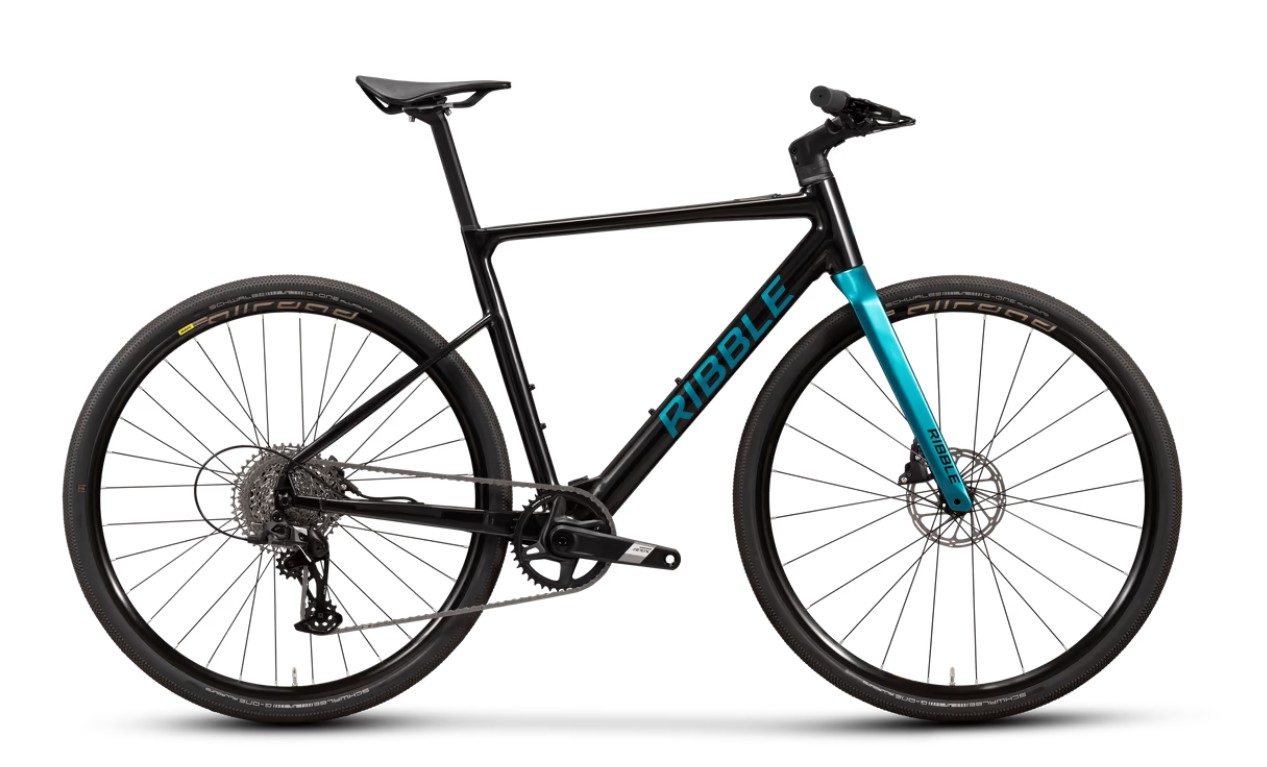
3. Ribble CGR E AL Sportfit
Specifications
Reasons to buy
Reasons to avoid
✅ You want versatility: The Ribble CGR AL E has a full range of mounts and 40mm tyre clearance, so you can use it as you wish.
✅ You want stealth electrification: The internal battery and rear hub motor make for slick looks.
❌ You want off-bike charging: The internal battery can only be charged on the bike.
❌ You want more assistance: The carbon CGR E has Mahle's higher torque motor.
The third-generation Ribble CGR is available in electric versions with both a carbon and an alloy frame. Alongside the drop bar options, Ribble offers flat bar Sportfit options. All bikes have a wide range of mounting points, so you can fit mudguards and a rack, should you wish.
The alloy bike is powered by the Mahle X30 rear hub motor system. This has an in-frame battery, so it needs to be charged on the bike and you'll need to have a power point that's accessible for where the bike is parked.
The SRAM Apex single chainring groupset offers a wide range of gears and Ribble offers a choice of saddles, including women's options, as well as pedals, accessories and a range extender.
Best budget lightweight e-road bike
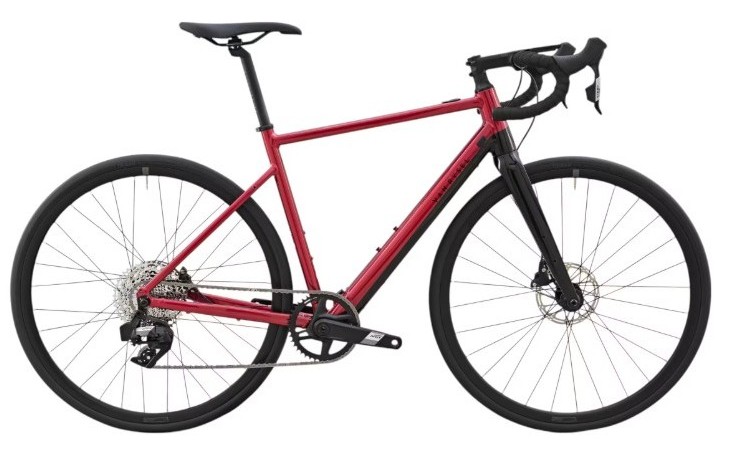
4. Van Rysel E-EDR
Specifications
Reasons to buy
Reasons to avoid
✅ You want an affordable e-road bike: Decathlon offers competitive specs with low prices.
✅ You want stealth integration: The Van Rysel is another e-bike that uses a low profile Mahle hub motor with an internal battery.
❌ You want off-bike charging: Again, the battery here needs to be charged on the bike.
❌ You want a 2x set-up: The SRAM Apex build has a single chainring, although Shimano 2x options are also available.
Decathlon's Van Rysel brand offers this electric option alongside its pedal-only EDR endurance bike. It claims a sub-14kg weight for the electric version, thanks to the Mahle motor system. This spec is fitted with a SRAM Apex 12-speed groupset, but there are also Shimano options available. All have hydraulic disc brakes.
Decathlon claims a range of around 60km with heavy use of the motor assistance, or up to 120km for fitter riders. It sells the Mahle range extender if you want to go further on a charge.
Best drop-bar e-bike for the road
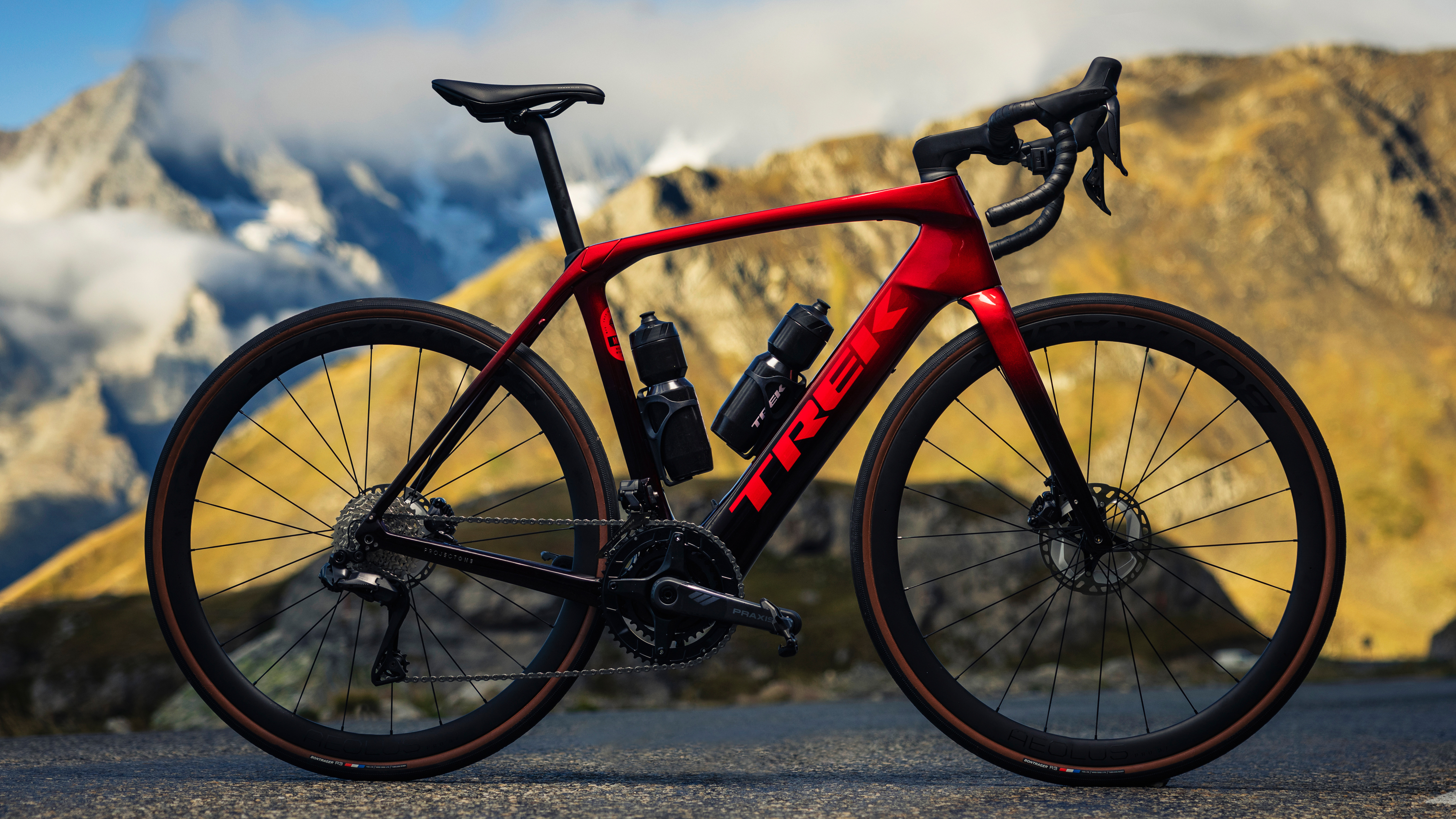
5. Trek Domane+ SLR
Specifications
Reasons to buy
Reasons to avoid
✅ You want 28mph assistance: US riders are supported by the motor up to 28mph.
✅ You want a quiet ride: TQ's motor is particularly whine-free.
❌ You want to charge off-bike: The integrated battery is non-removable.
❌ You want a lower price: All specs are expensive.
The combination of a Trek Domane endurance bike design in Trek's highest spec carbon, plus the TQ electric drivetrain, makes this bike a two-in-one endurance monster. Every time you ride it, you can take advantage of Trek Isospeed at the rear of the bike, which means extra movement in the seatpost for a road-smoothing suspension effect.
If you decide to really stretch out the miles, the lightweight frame and TQ system mean the bike is easy to pedal without any electric assist. If you want more range, you can plug in the optional 150Wh range extender, although you'll lose a water bottle cage.
The Domane+ SLR is available in road-going 2x and gravel-oriented 1x specs, to tackle whatever terrain you prefer and in the US, it's a Class 3 e-bike and limited at 28mph.
From road to trail, find your perfect match with our Trek discount codes to save on bikes and accessories.
Best drop-bar e-bike for mixed terrain
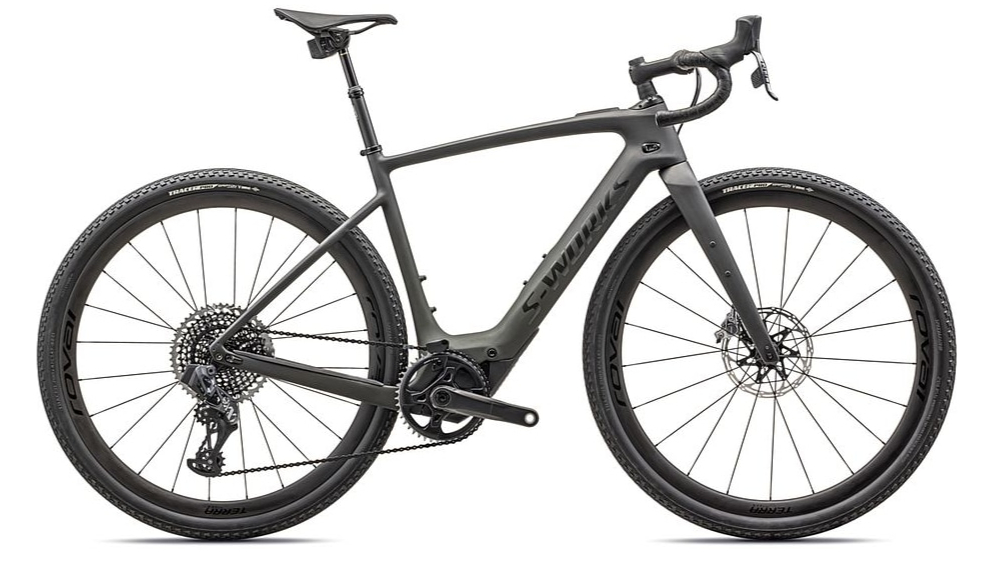
Specifications
Reasons to buy
Reasons to avoid
✅ You want all-terrain capability: The Creo 2's 47mm tyres provide plenty of off-road grip.
✅ You want long range: Specialized's range is good and the optional range extender makes it even better.
❌ You want lower weight: The S-Works model is quite heavy for a bike of its price.
❌ You want more assistance: The 1.2 SL motor sacrifices some output to keep weight down.
When you think about the category of high-end, lightweight electric bikes, you have to include this Specialized entry. The Turbo Creo SL only launched a few years ago, but that's a long time ago for an e-bike and the Turbo Creo 2 upgrades performance. It's more gravel-oriented than its predecessor, with 47mm tyres on carbon DT Swiss wheels.
The motor system is a custom unit unique to Specialized. It features a 320Wh integrated battery and there's also a 160Wh range extender available. Move over to the traditional bike components and you will find electronic SRAM AXS, plenty of carbon fibre, and the Specialized Future Shock suspension stem system.
You can read our first ride review of the Specialized Creo 2 for our ride experience, both on the road and off.
Also consider: Hybrids and folders
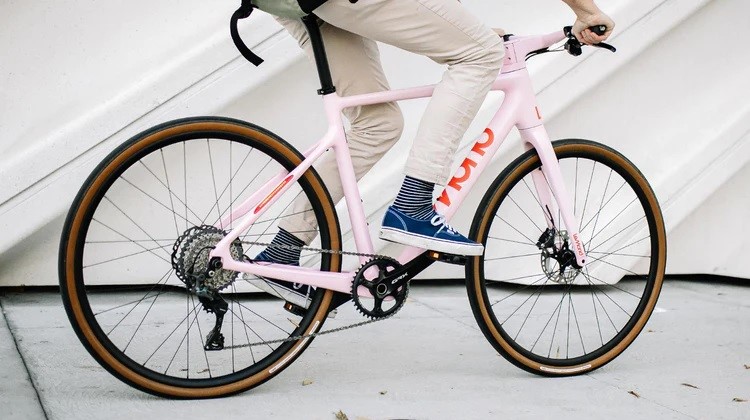
Specifications
Reasons to buy
Reasons to avoid
✅ You want a lightweight hybrid: The Lemond is about as light as e-bikes get.
✅ You want a stylish ride: It's a classy-looking city e-bike.
❌ You want more assistance: You need to work to keep up with in-town traffic.
❌ You want a lower price: The Lemond e-bike is expensive for a hybrid.
Top-of-the-line, lightweight, and carbon fibre. Those words commonly refer to the latest, greatest, top-of-the-line race-focused road bike. Instead, they describe a city bike from three-time Tour de France winner Greg Lemond. It's an integrated everything flat bar bike, that is perfect for city living.
It's easy to carry up a flight of stairs, looks amazing, and rides in a way that might make you think you haven't turned on the electric assist. That is until you turn off the electric assist and realise how much it was actually doing.
Read more about what we thought of the LeMond Bicycles Prolog e-bike in our review.
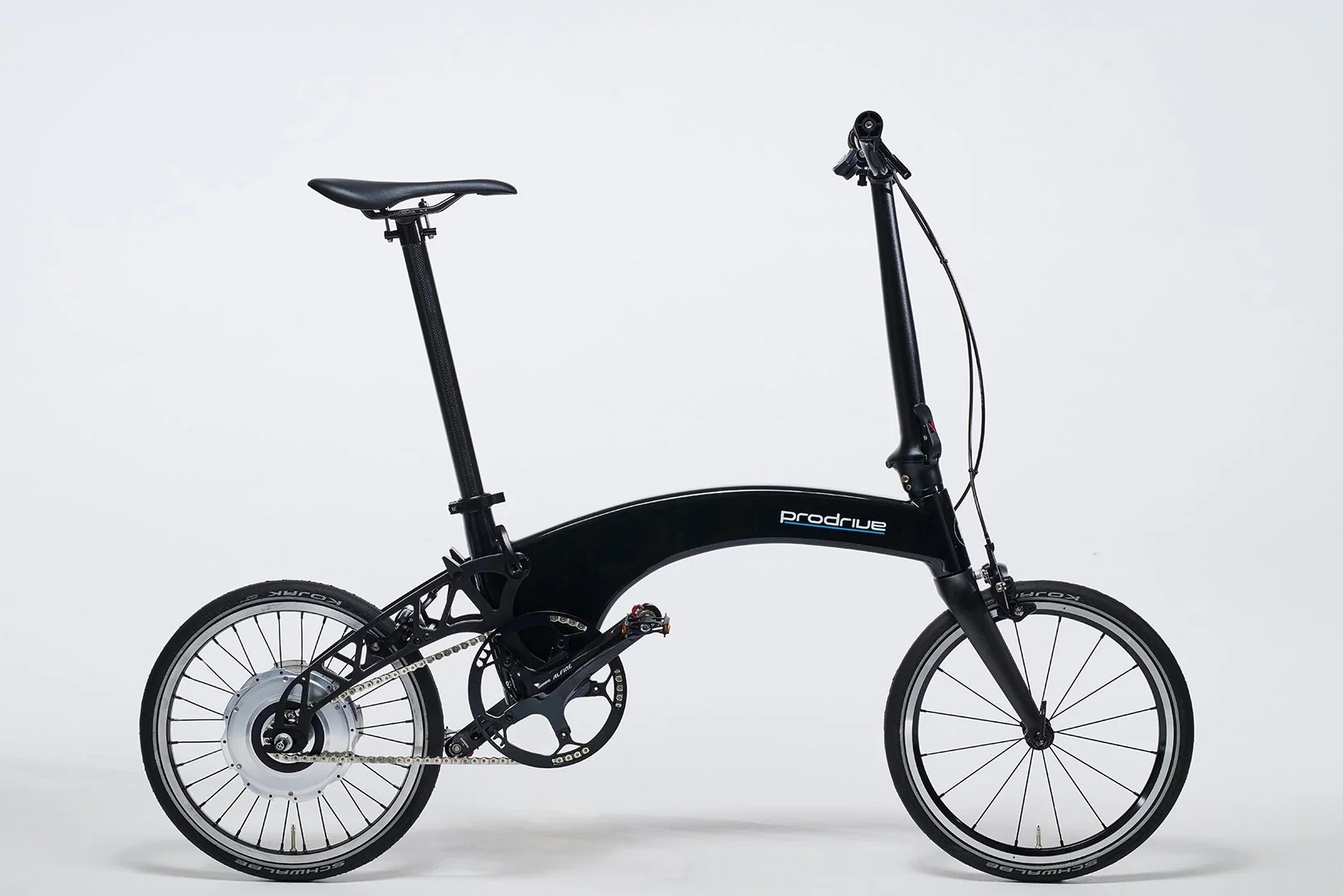
8. Prodrive Electric 2.0
Specifications
Reasons to buy
Reasons to avoid
✅ You want a low-weight folder: The Prodrive bike is impressively low in weight.
✅ You want an eco frame: The flax frame option, unlike carbon, is environmentally friendly to manufacture and fully recyclable.
❌ You want a longer range: The Prodrive e-bike cuts down weight with a more limited range.
❌ You want a more compact fold: The folded size isn't as small as the Brompton.
For light weight in a folding bike, the Prodrive bike (formerly known as the Hummingbird) takes the prize. Made either of carbon fibre or flax fibres with a trussed rear section and kitted out with lightweight components it undercuts even the best road e-bikes at 10.3kg. The rear hub motor helps with ride quality and handling too.
Of course, compromises have to be made to hit this weight and the Prodrive bike doesn't fold quite as small as the Brompton Electric, it has a more limited range and it does carry a high retail price.
Also consider: Road and gravel

9. Ribble Allroad SL R E
Specifications
Reasons to buy
Reasons to avoid
✅ You want low weight and affordability: Ribble matches more expensive bikes for weight at a more reasonable price.
✅ You want wide tyre clearance: The 38mm clearance allows you to set up for varied surfaces.
❌ You want more off-road capability: The 38mm tyre clearance is generous for a road bike but limits off-road potential.
❌ You want off-bike charging: The Ribble is another Mahle motor system bike, so its battery can't be removed.
Ribble's second entry in this list is the Allroad SL R E. Its carbon frame brings the claimed weight down below 12kg in the top spec build and even the more affordable Sport spec has a claimed 13.2kg weight in size M. The bike has 35mm stated tyre clearance, although Ribble says it's managed to fit 38mm tyres without problems. The aero features include a broad down tube that shelters the bottle cages, as well as housing the battery that powers the Mahle rear hub motor.
Ribble has specced the newer, more powerful Mahle X20 system, which also includes a torque sensor to ensure proportionate power delivery ad the larger capacity 350Wh battery. As with Mahle's other motors, you can add a range extender to increase the 140km claimed range.
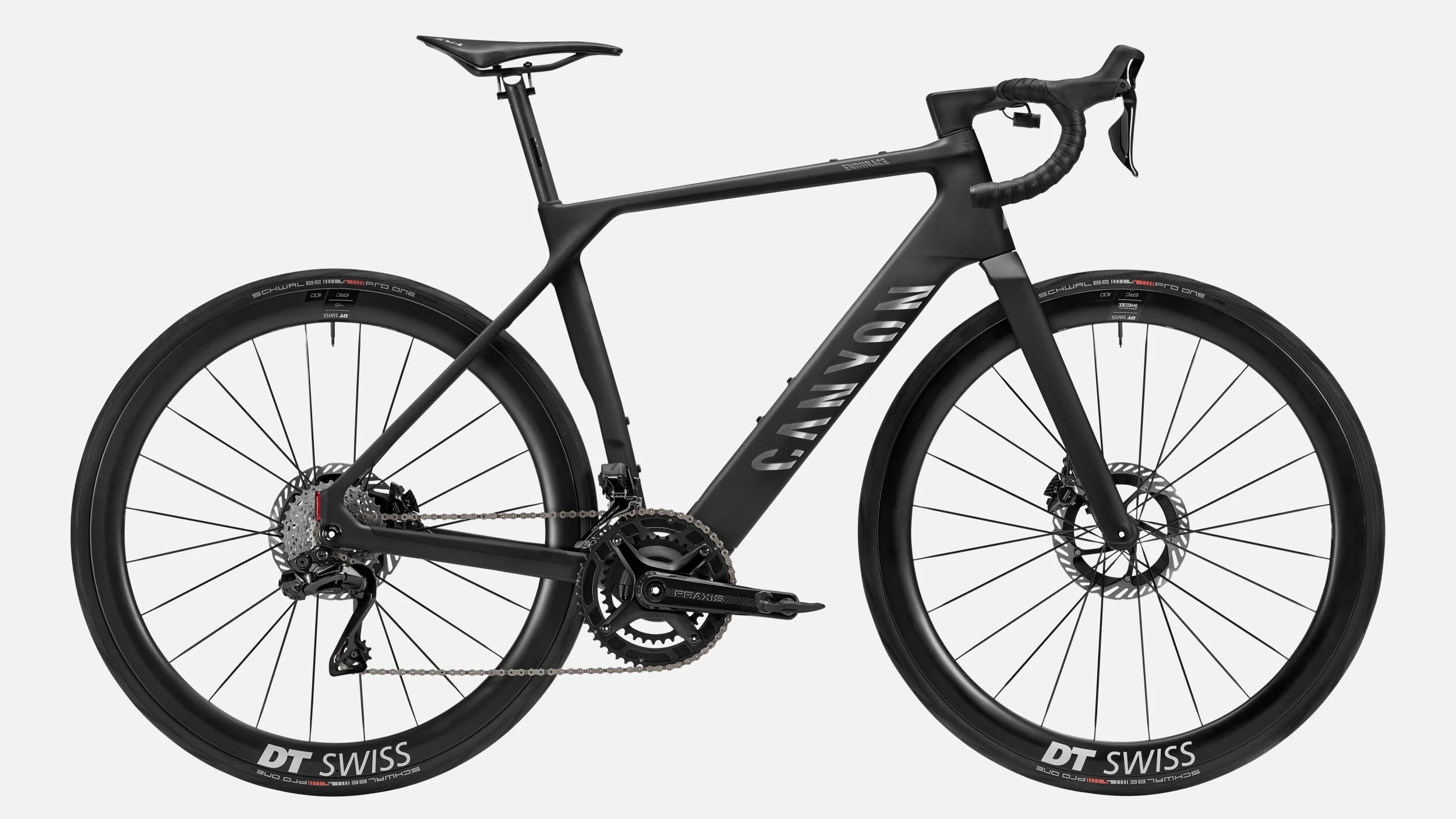
10. Canyon Endurace:ONfly SUB-10
Specifications
Reasons to buy
Reasons to avoid
✅ You want ultra-low weight: The top spec SUB10 weighs under 10kg.
✅ You want a top spec: The SUB10's spec matches many of the best road bikes.
❌ You want something more affordable: There are lower priced Endurace:ONfly options and even these weigh just over 12kg, according to Canyon.
❌ You want greater assistance: The TQ motor has a 200W/40Nm torque output that's a little lower than that of most e-bike motors.
Canyon's electric road bike, the Endurace:ONfly is available in a range of specs, with the SUB10 the premium version with a 9.86kg claimed weight. Canyon says that the sub-kilo frame weight comes from new carbon construction.
Electric assistance comes from the TQ HPR40 motor system, with a 290Wh battery housed within the down tube. Canyon has even managed to include its seat stay rear lights, a front light and a GPS tracker in the frame. Naturally, to hit the sub-10kg weight, there are top spec components: a Dura-Ace groupset, DT Swiss ERC 1100 Dicut wheels and a Fizik Antares 00 saddle, as well as its own one-piece cockpit. The SUB10 is expensive, but lower specs still come in at around 12kg or less.
How to choose the best lightweight e-bikes
If you're looking for a lightweight electric bike, here are a few things to consider.
- What type of e-bike do you want? Are you looking for a bike for city riding or longer out-of-town rides or one that's easy to store and carry on public transport?
- Where do you want to ride? Are you sticking to tarmac or do you want some off-road capability too, in which case wider tyres will be useful.
- How much assistance do you want? A more powerful motor usually means a heavier motor.
- How much range do you need? Longer range usually means a heavier e-bike, due to the larger battery. If you fit a range extender, that will add weight as well.
- How much do you want to pay? Top specs are expensive, but you can usually save a considerable sum by moving down the range, often with just a small weight penalty.
Frequently asked questions
How are lightweight e-bikes made lighter?
Many electric bikes have an alloy frame and they'll often have a heavy, high-capacity battery and a high-torque motor system.
In many cases, a lightweight electric bike will start off with a carbon fibre frame, which will be lighter than alloy. It will usually be paired with a less powerful motor system. Most electric bike motors will produce 250 watts, but what's important is the torque output. That can vary between around 30Nm to 60Nm for a lightweight e-bike.
There may be some overlap with heavier models, but the output range for non-lightweight e-bikes will typically spread from around 50Nm up to 90Nm.
A heavier bike with a higher-powered motor will draw more juice from the e-bike's battery, so that will itself usually need to be heavier. A lightweight e-bike will usually have a smaller-capacity battery. This might limit the range, depending on where and how you ride.
But if the motor is speed-limited to 25kph, many riders will be exceeding this speed on the flat and the motor will only be called into use to any extent on climbs and when accelerating, extending the available range.
Many lightweight electric bike systems, like those from Specialized, Mahle and TQ allow you to add a range extender battery if you need more range. These usually fit into a bottle cage and plug into the internal battery's charging socket. They can add around 50 per cent to the e-bike's range, although you do lose the option to carry a second water bottle and you are adding extra weight to your lightweight e-bike. Range extenders are fairly expensive as well and don't normally come with your e-bike purchase.
Is there any drawback to a lightweight e-bike?
With most things in life, optimising for one feature means other features get left behind. When it comes to non-electric bikes, that usually plays out as a choice between aero optimisation or lightweight. But what about electric bikes? Is there a trade-off for going lightweight?
The answer is both a yes and a no. It all depends on how you look at things. If you are expecting an American-style, Class 3 e-bike with a big battery and huge torque, you won't find it, except on very expensive models such as the Trek Domane+ SLR. As long as you set expectations that what's possible is light assist and a smaller battery, then there's no real drawback to going light.
No performance drawback doesn't completely mean no drawbacks at all though. The one big trade-off when you go lightweight is price. When it comes to bikes, powered or not, if you want a light bike, it's gonna be more expensive. Electric bikes aren't immune to this same equation.
Do lightweight e-bikes ride differently to heavier models?
Lightweight electric bikes are a distinct flavour of electric bikes. They have a unique ride feel to them and as long as you understand what you can expect, you won't have any surprises.
There are some electric bikes that speed along at up to 28mph with very little rider input. These types of bikes are common in the American market. European law makes them difficult to own but they make more sense in expansive American cities. The distances travelled are longer and there's more mixing with auto traffic. It helps in this context to travel at higher speeds.
You won't find anything like that in the ultralight market, with the exception of the US-configured Trek Domane+ SLR and Specialized Turbo Creo 2. Lightweight e-bikes usually feel more like a traditional bike with the wind constantly at your back. With the Mahle motor system, you can even set it to add assistance based on heart rate. It's a much more sport-focused design that makes it easy to forget you even have an electric assist.
How do you charge a lightweight e-bike?
Another thing to consider if you're looking for the best lightweight electric bike for you is how you charge it. Many lightweight e-bikes have batteries built into the frame's down tube. This makes the e-bike look less porky but means that the battery needs to be charged in situ.
That in turn means that you need somewhere to store the electric bike that's near a power supply, whereas with a removable battery system, you can take your battery to the wall socket.
There are exceptions to this generalisation. The Fazua system has a removable battery in the down tube, while range extender batteries can be taken elsewhere to charge.
How we test
Testing a bike or an electric bike means riding, first and foremost. We'll ride a bike over a range of distances and speeds and in different conditions. A reviewer will typically specialise in one type of bike, so they'll be able to compare a review bike with the competition.
We'll also look at specs and how easy a bike is to live with. For an e-bike, that will include range and charging, as well as the nuts and bolts of the bike itself.
You can find further details on our How We Test page.
The latest race content, interviews, features, reviews and expert buying guides, direct to your inbox!
Josh hails from the Pacific Northwest of the United States but would prefer riding through the desert than the rain. He will happily talk for hours about the minutiae of cycling tech but also has an understanding that most people just want things to work. He is a road cyclist at heart and doesn't care much if those roads are paved, dirt, or digital. Although he rarely races, if you ask him to ride from sunrise to sunset the answer will be yes.
Height: 5'9"
Weight: 140 lb.
Rides: Salsa Warbird, Cannondale CAAD9, Enve Melee, Look 795 Blade RS, Priority Continuum Onyx

